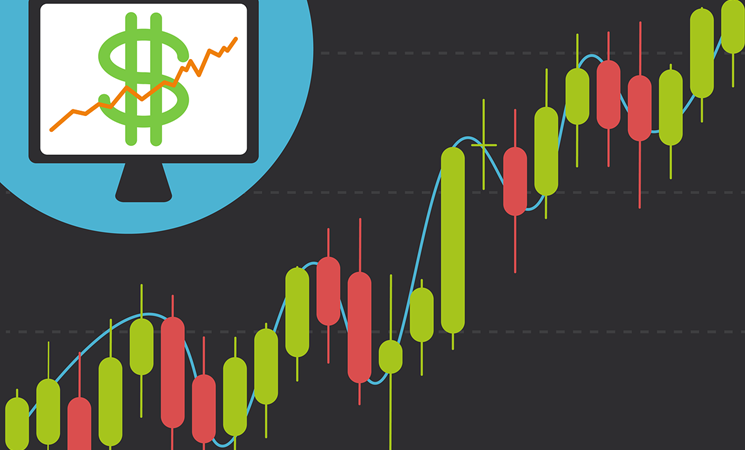Title: Mastering the Forex Market: A Comprehensive Guide to Successful Trading
The foreign exchange market, commonly known as Forex, is the world’s largest financial market, boasting a daily trading volume exceeding $6 trillion. Forex trading provides an excellent opportunity for individuals to engage in global currency exchange and potentially profit from market fluctuations. In this comprehensive guide, we’ll explore the key aspects of Forex trading, strategies for success, and essential tips to navigate this dynamic market.
Forex trading involves the buying and selling of currencies in the foreign exchange market. The goal is to profit from the fluctuations in exchange rates between different currencies. Traders can access the Forex market 24 hours a day, five days a week, making it one of the most liquid and accessible markets globally.
Key Players in the Forex Market:
Several participants contribute to the vibrancy of the Forex market. Central banks, commercial banks, hedge funds, corporations, and individual traders all play crucial roles. Understanding the dynamics between these players can provide valuable insights into market movements.
Major and Minor Currency Pairs:
Forex trading involves currency pairs, where one currency is exchanged for another. Major currency pairs include the most widely traded currencies, such as the US Dollar (USD), Euro (EUR), and Japanese Yen (JPY). Minor currency pairs involve currencies from smaller economies, offering unique trading opportunities.
Risk Management and Strategy:
Successful Forex trading requires a solid risk management plan and a well-defined strategy. Traders must set realistic goals, determine acceptable risk levels, and use tools like stop-loss orders to mitigate potential losses. Developing a trading strategy involves analyzing market trends, economic indicators, and technical analysis to make informed decisions.
Technical and Fundamental Analysis:
Two primary methods guide Forex traders in decision-making: technical analysis and fundamental analysis. Technical analysis involves studying historical price charts and patterns to predict future price movements. Fundamental analysis, on the other hand, focuses on economic indicators, geopolitical events, and monetary policies that impact currency values.
Tips for Successful Forex Trading:
- Stay Informed: Keep abreast of global economic developments, geopolitical events, and central bank decisions to anticipate market movements.
- Choose a Reputable Broker: Select a reliable Forex broker with a good track record, transparent fees, and a user-friendly trading platform.
- Practice with a Demo Account: Before risking real capital, use a demo account to hone your skills and test trading strategies.
- Diversify Your Portfolio: Avoid overconcentration in a single currency pair. Diversifying your portfolio can help manage risk.
- Embrace Continuous Learning: The Forex market is dynamic, and staying informed about new strategies and market trends is crucial for long-term success.
Mastering the Forex market requires a combination of knowledge, discipline, and a strategic approach. By understanding the fundamentals, adopting effective risk management strategies, and staying informed, traders can navigate the complexities of Forex trading and increase their chances of success in this lucrative market.
 Anasayfa
Anasayfa Canlı Borsa
Canlı Borsa Borsa
Borsa Döviz Kurları
Döviz Kurları Altın
Altın Hisse Senetleri
Hisse Senetleri Endeksler
Endeksler Döviz Hesaplama
Döviz Hesaplama Döviz Çevirici
Döviz Çevirici Kredi Arama
Kredi Arama




































































































